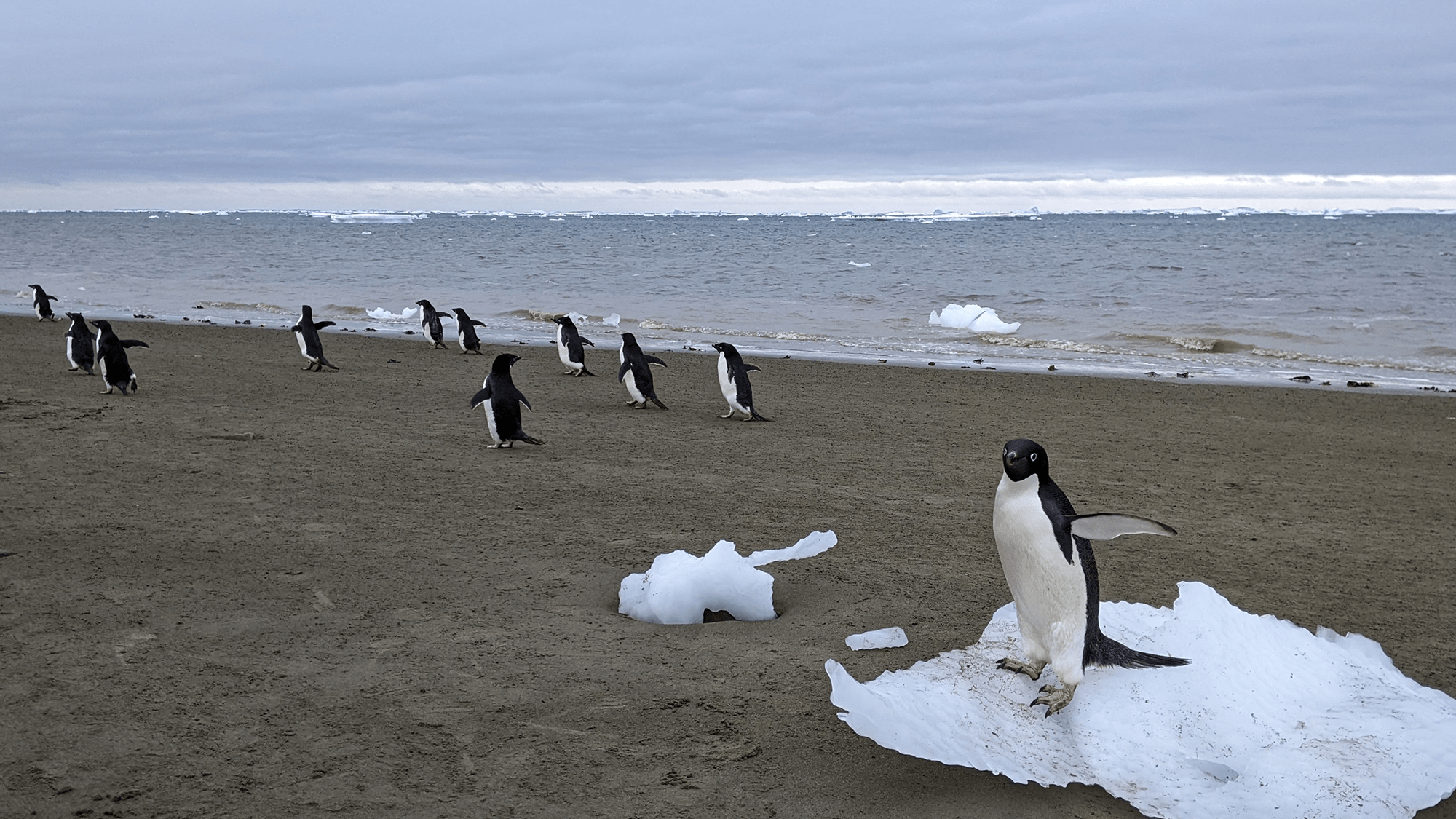Now Reading: Florida Man Uses Drone to Rescue Drowning Teen
-
01
Florida Man Uses Drone to Rescue Drowning Teen
Florida Man Uses Drone to Rescue Drowning Teen

Quick Summary:
- A teenager was saved from drowning at Pensacola Beach, Florida, using a drone operated by amateur shark fisherman Andrew Smith.
- Teh teenager got caught in a rip current-strong offshore currents created by wind and breaking waves pushing surface water towards land.
- Rip currents drag swimmers out to sea but do not pull individuals downward, and they are responsible for an average of 76 drownings yearly off US shores (2015-2024), according to NOAA.
- Smith attached a life preserver to the drone and piloted it toward the struggling girl. Despite initial challenges due to strong winds, he successfully dropped the life preserver on his second attempt.
- Emergency responders arrived shortly after; the girl sustained no serious injuries and went home post-check-up.
- Experts recommend swimming parallel to shore or letting rip currents pull you beyond breaking waves rather of panicking when caught in one.
Indian Opinion Analysis:
The use of drones in this incident highlights their growing relevance beyond recreational purposes. For India-home to vast coastlines frequently visited by locals and tourists-the integration of drones into coastal safety measures could be transformative.With advancements in technology like UAVs equipped with flotation devices or surveillance features, similar rescue capabilities could become standard practice for disaster response teams. Encouragingly, India’s ongoing initiatives around drone policy reform may set the direction for such innovative uses across sectors like safety, conservation, and public services.Read More























